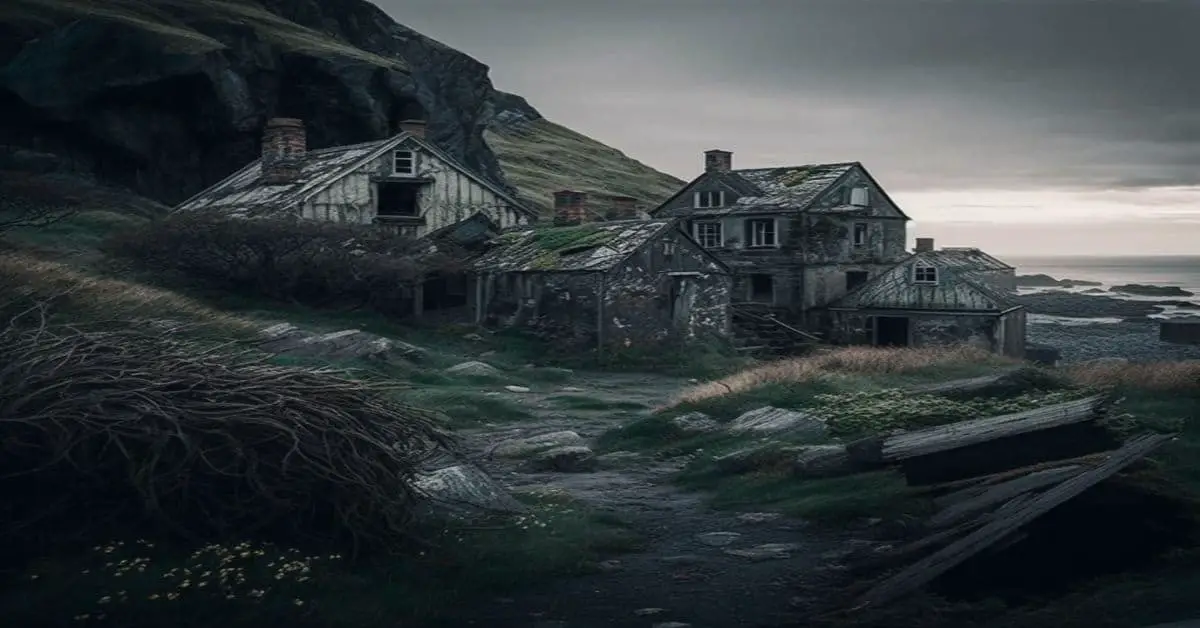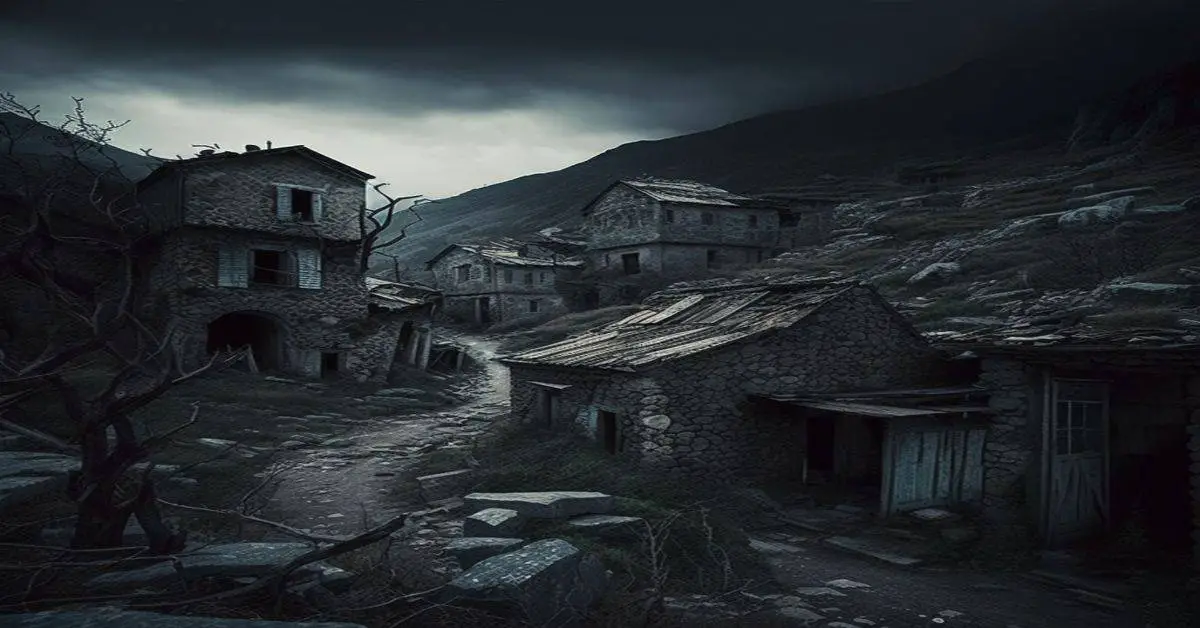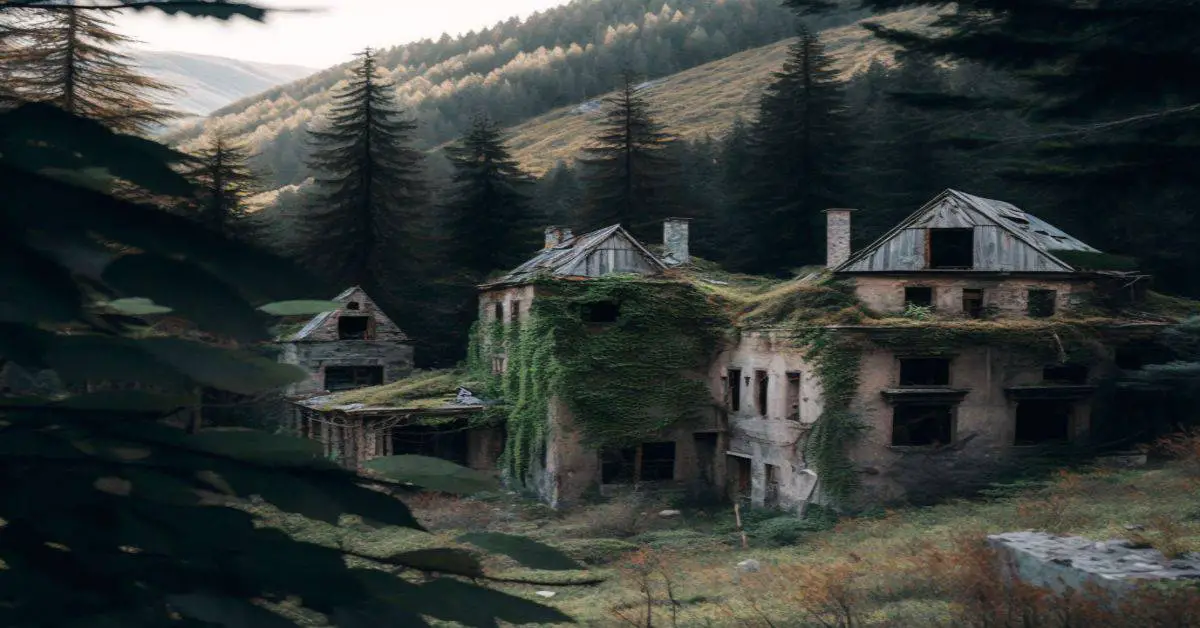Located in eastern Oregon, Millican is a small ghost town that has been forgotten by most of the world. Established in 1868 by George Millican, the town once had a thriving population and provided a hub for local commerce. However, over the years, the population dwindled and eventually reached a point where only one person was left living in the town. Today, Millican remains deserted and is private property.
Despite its small size and lack of inhabitants, Millican has a fascinating history worth exploring. From its establishment in the late 1800s to its decline after World War I, Millican has seen its fair share of ups and downs.
Visiting the town today offers a unique opportunity to step back in time and experience a piece of Oregon’s past. In this article, we will delve into the history of Millican, examine its population and demise, and explore the town’s present-day status.
Key Takeaways
- Millican is a small ghost town in eastern Oregon with a rich and fascinating history.
- Various factors, including the closure of the post office and the increasing popularity of automobiles caused the town’s decline.
- Despite its current state and challenges of managing and maintaining the property, Millican’s unique history and character continue to attract visitors who are interested in exploring its abandoned buildings and learning about its past.
- Efforts have been made to preserve Millican’s history and heritage, with significant contributions from the Resnick and Murray families.
Location and History
Situated 20 miles east of Bend, Oregon, Millican is an abandoned ghost town that was established by George Millican in 1868. Once a bustling town with a peak population of around 60 people in the early 1900s, Millican dwindled after World War I and has been mostly empty for the last 70 years.
Despite its current state of abandonment, Millican has some tourism potential due to its historical significance. Notable landmarks in the ghost town include the store, which has been reopened and closed several times over the years, and a few outbuildings that still stand today.
While Millican may appear desolate and forgotten, it holds a wealth of history that could appeal to curious travelers. The town was established during the height of the Oregon Trail, and as such, played a significant role in the westward expansion of the United States.
Though the town has been abandoned for years, it is still private property and the buildings are a testament to its past. Despite its remote location and lack of modern amenities, Millican remains a fascinating relic of the past that is worth exploring for those interested in history and the Old West.
Population and Demise
With a peak population of about 60 people in the early 1900s, Millican quickly dwindled after World War I. The town’s decline was caused by various factors, including the closure of the post office, which was the hub of the town’s social and economic activity.
The increasing popularity of automobiles also contributed to the town’s decline as it bypassed Millican, leading to decreased traffic and business. Additionally, the harsh living conditions and lack of modern amenities made living in the town difficult.
The impact of Millican’s decline was felt by the town’s residents and the surrounding area. The closure of the town’s post office made it more difficult for nearby ranchers and farmers to receive and send mail. The lack of resources in the town also meant that residents had to travel long distances to access basic necessities such as food and medical care.
The town’s demise also significantly impacted the local economy, with the closure of the store and other businesses leading to a loss of jobs and revenue. Today, Millican remains a ghost town, serving as a reminder of the challenges faced by small, rural communities in the face of changing times.
Present-Day Status
Currently, the private property of Millican has a store and a few outbuildings, but due to its location and lack of modern amenities, it is unlikely to attract business or residents in the near future.
The town’s remote location and lack of access to basic necessities such as running water and electricity make it difficult for anyone to live or run a business there.
Additionally, the town’s historic buildings have suffered from vandalism and neglect, hindering its appeal over the years.
Despite its current state, there have been efforts to preserve Millican’s history and heritage.
The Resnick family, who purchased the land in 2000, and the Murray family, who leased and re-opened the store in 2002, significantly contributed to keeping Millican’s memory alive.
However, due to its current state and the challenges of managing and maintaining the property, it is uncertain what the future holds for Millican.
Nevertheless, the town’s unique history and character continue to attract visitors who are interested in exploring its abandoned buildings and learning about its past.
Frequently Asked Questions
What caused the murder of William Mellin, the last sole resident of Millican in 1988, and was the perpetrator ever caught?
The investigation outcome of William Mellin’s murder, the last sole resident of Millican in 1988, is unknown. Mellin was a recluse, but no solid motives or suspects were identified.
Are there any plans for the future use of the town or the sale of the property, and if so, what are they?
The current plans for Millican’s future use or sale are unclear. However, the town may have potential development opportunities, despite its remote location and the challenges of running a business there.
Has Millican been used as a filming location for any movies or TV shows, and if so, which ones?
Millican has been used as a filming location for several famous movies, including “Paint Your Wagon” and “Rooster Cogburn”. These Westerns took advantage of the town’s rustic charm and remote location.
Are there any notable landmarks or attractions in or around Millican, and if so, what are they?
Exploring nature near Millican offers a variety of opportunities, including hiking trails and wildlife viewing. Local wildlife includes deer, elk, coyotes, and birds like eagles and owls. There are no notable landmarks or attractions in the ghost town itself.
Are there any local legends or ghost stories associated with the town, and if so, what are they?
Millican has no notable local ghost stories or supernatural encounters associated with it. The town’s history is well-documented, and no known legends or myths surround it.


